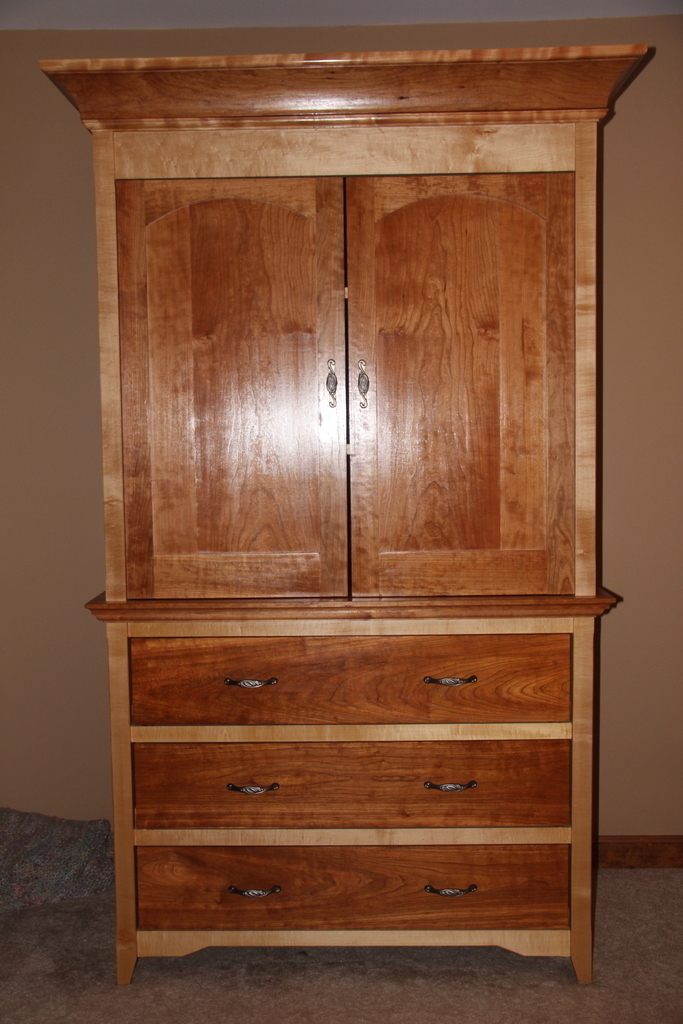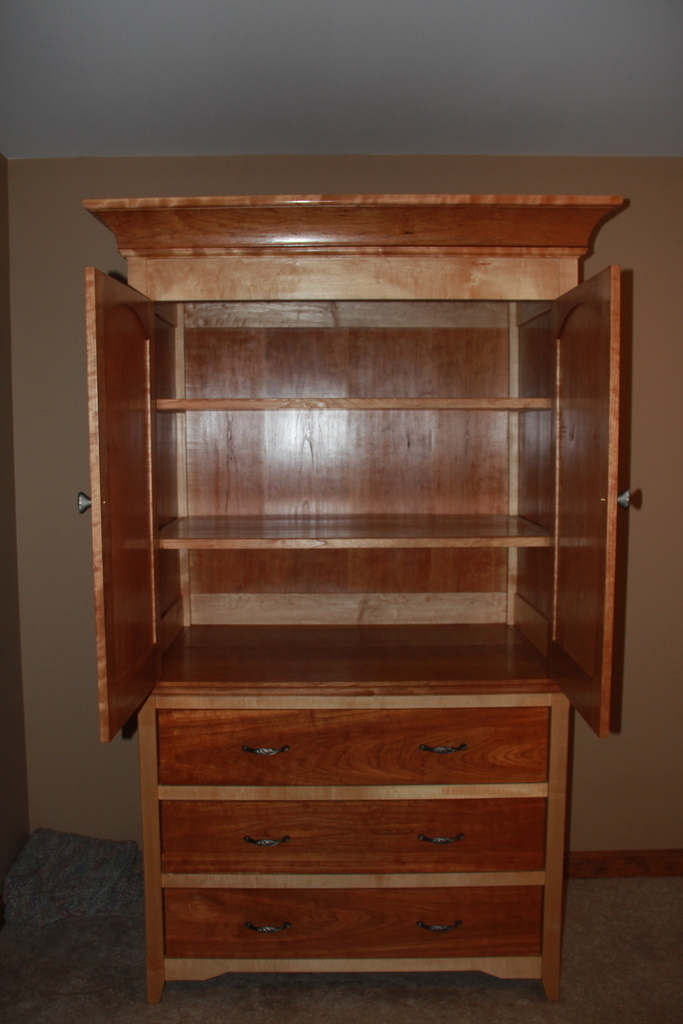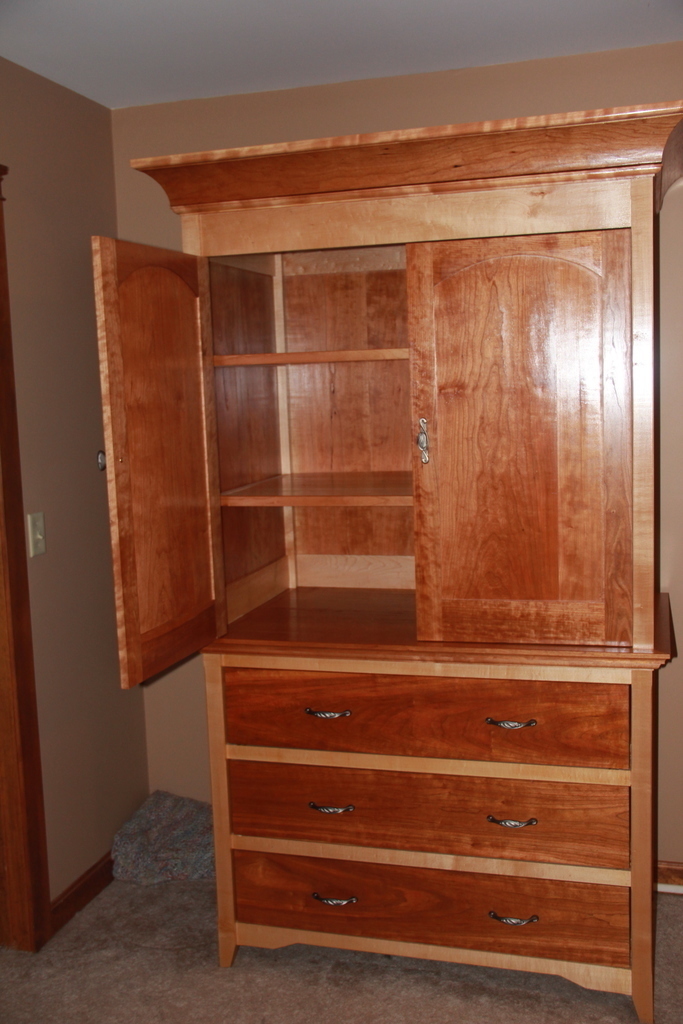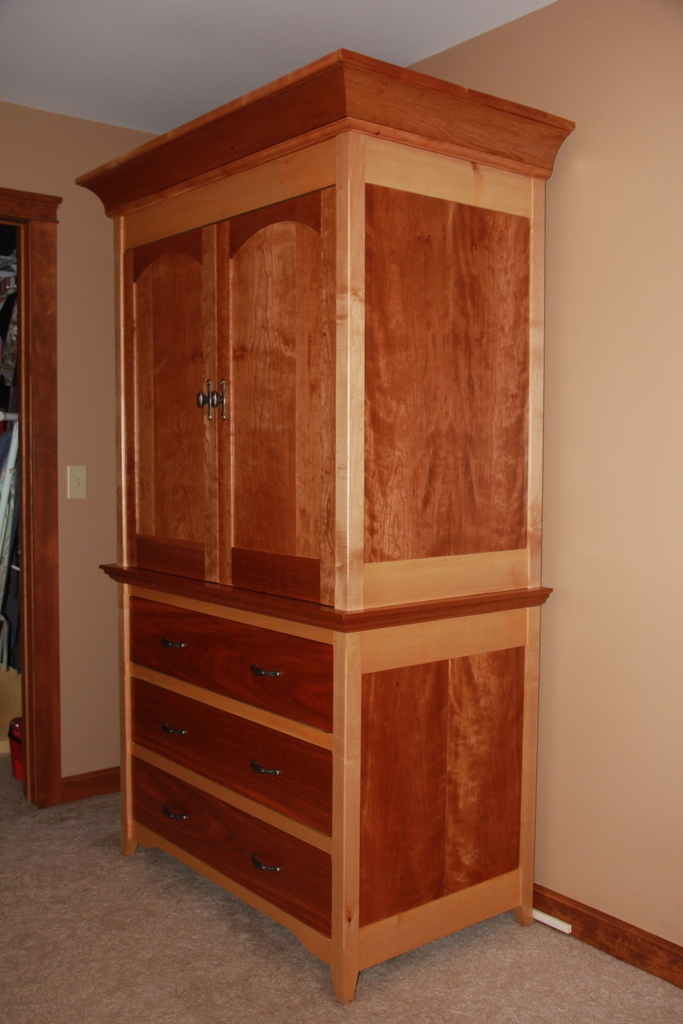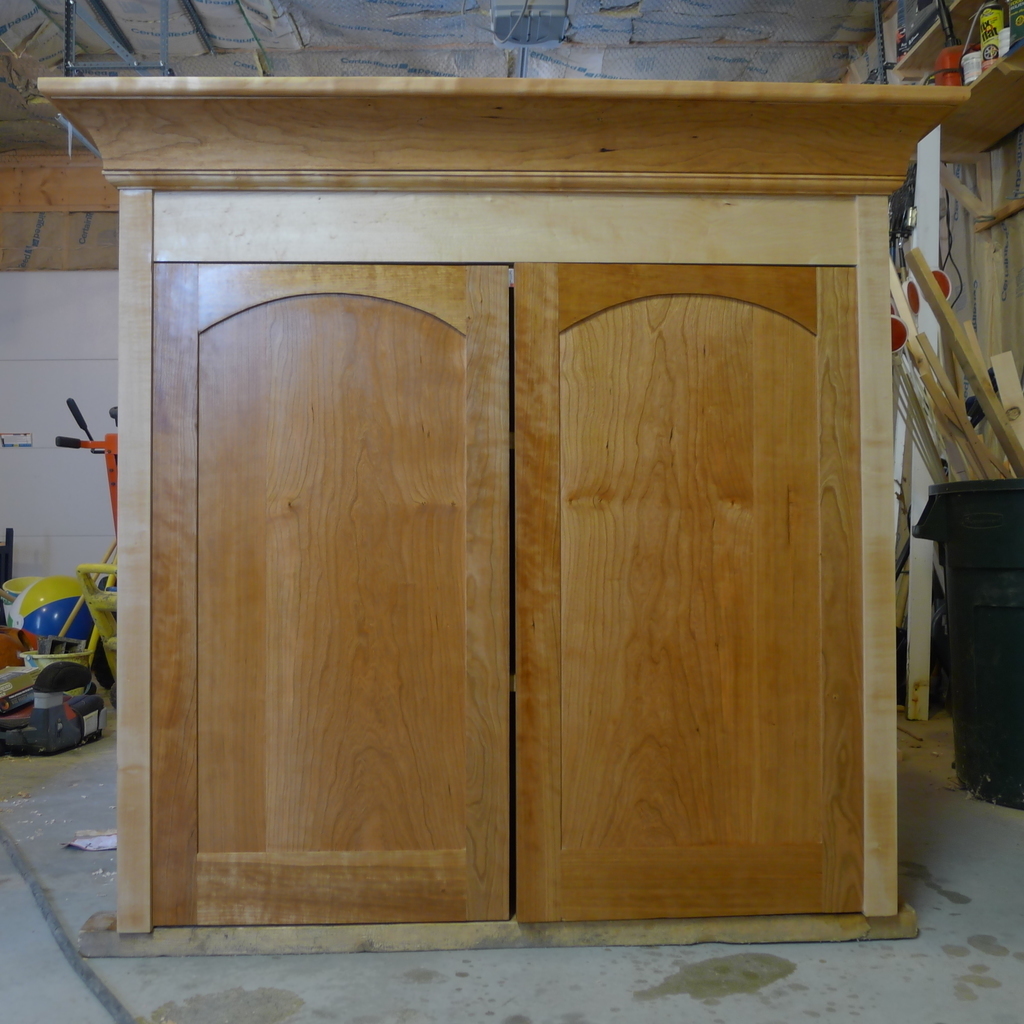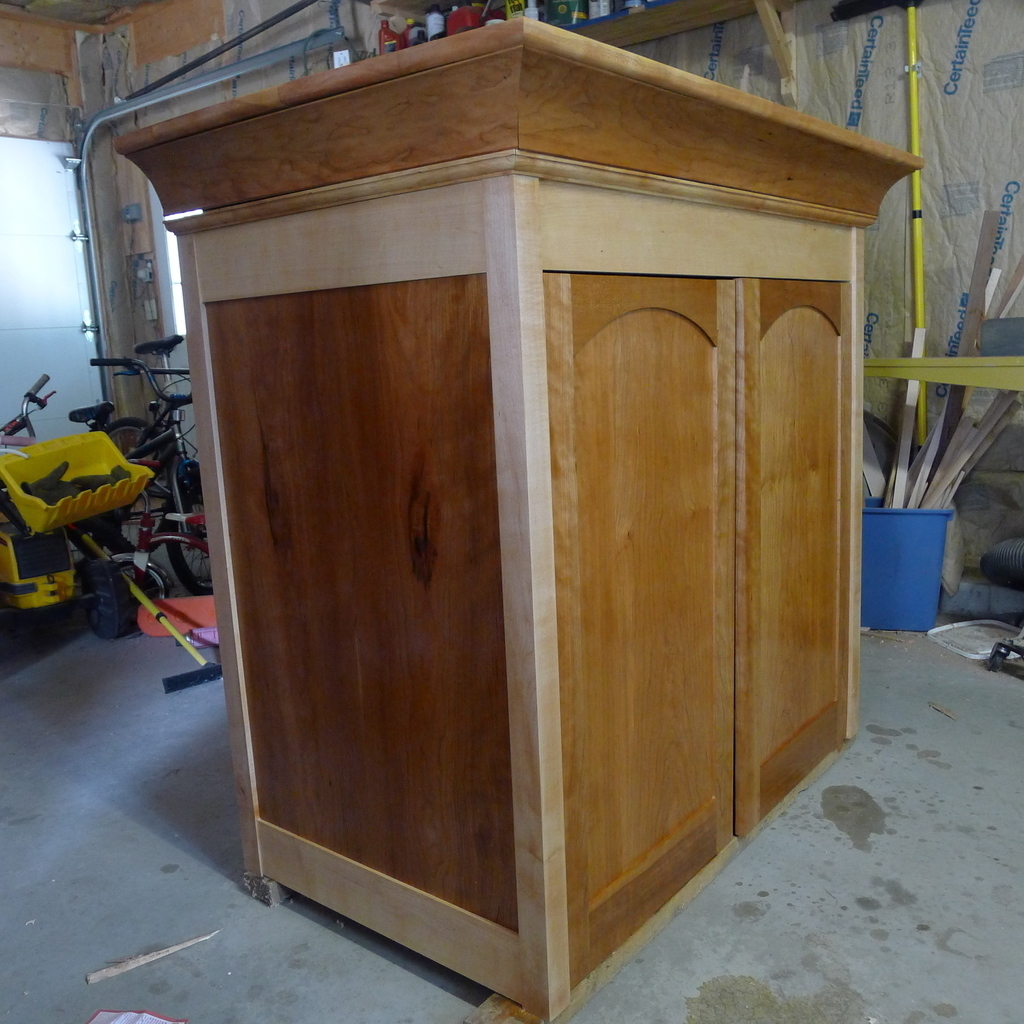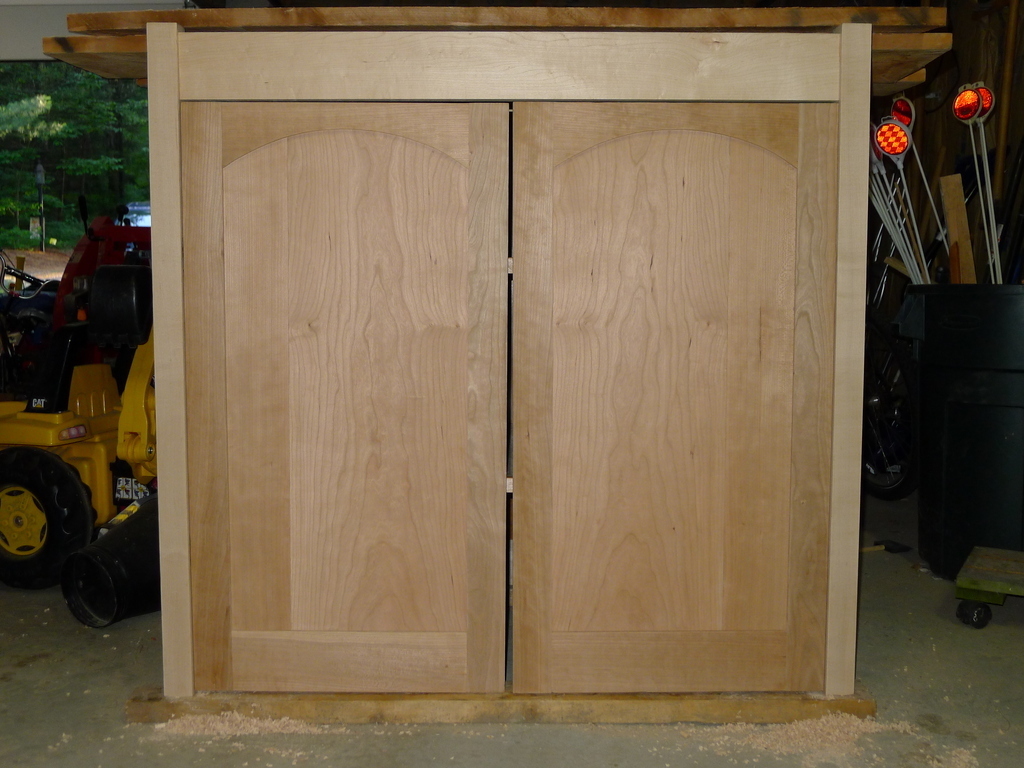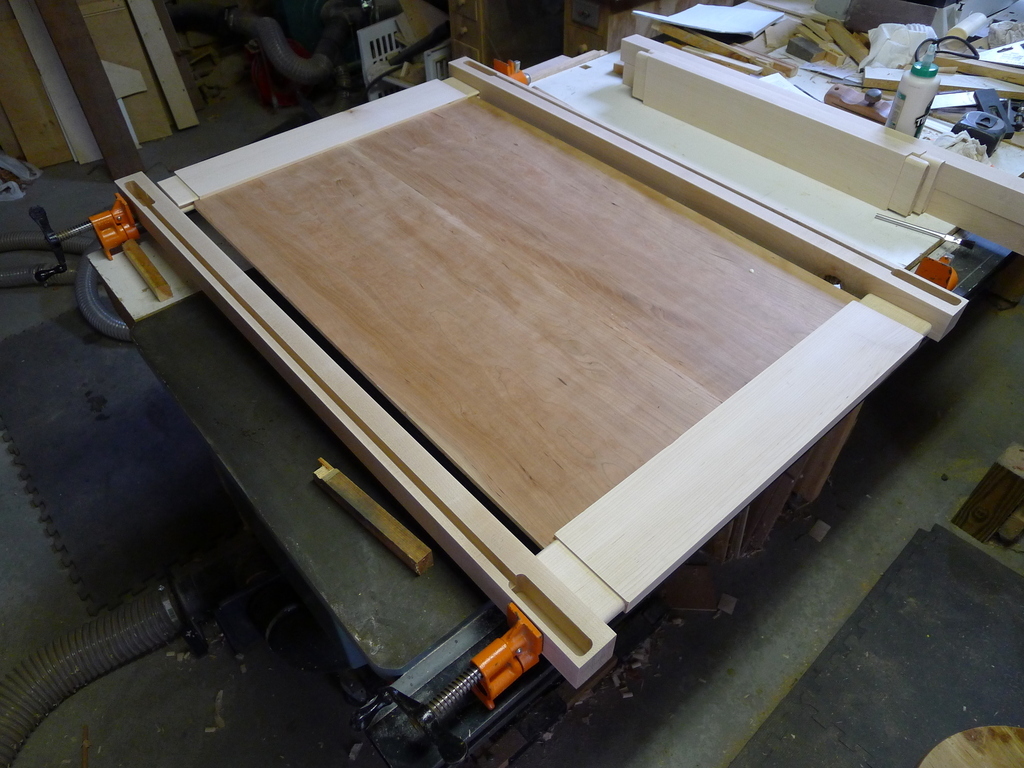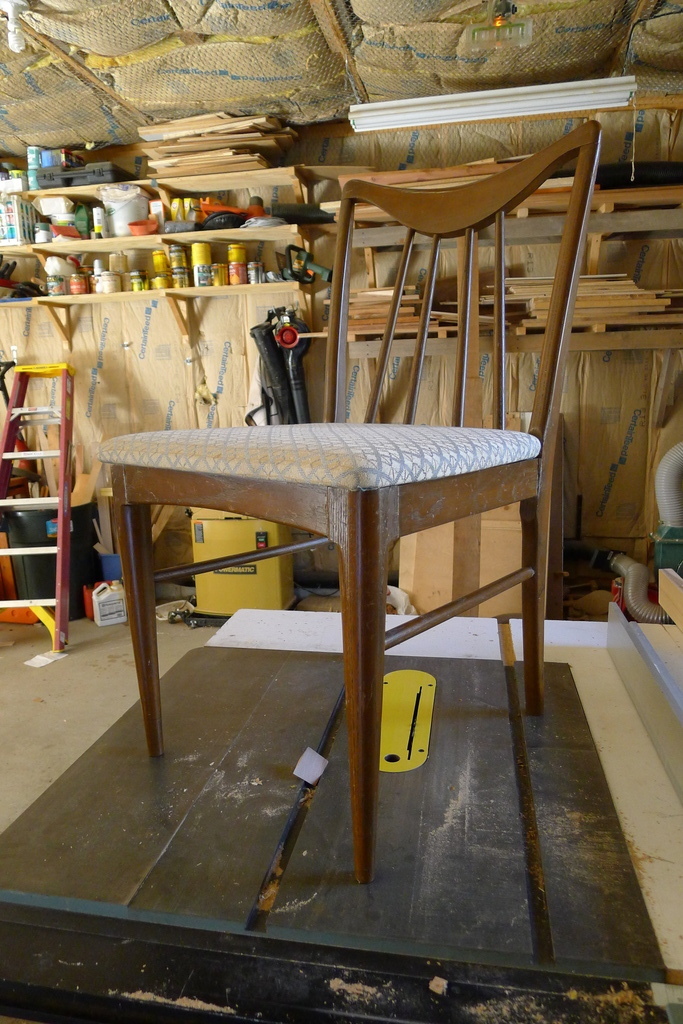I’m tempted to say “normally”, but I think that conveys a longer time period than 2 years. Or, at least, it implies that I’ve participated in more than 2 Pinewood Derby’s, or is it “derbies?” To tell, you the truth in all the excitement I just forgot… Maybe it’s because I’ve been building 2 Derby cars each of the past 3 years and that makes it just seem longer. Then again, maybe I’m just strung out from sniffing pine all day. You can huff pine, right? Parents these days…
So today, I did not watch any playoff football. Rather, well, I’m sure you’ve figured it out by now.
HEY!! How ’bout a picture?

If that looks like a coffin care and a bird car, pat yourself on the back. If it doesn’t, then what the hell is wrong with you? Of course it’s a coffin car and a bird car. Seriously, what else could they be? Wait, no. Don’t answer that. They just need a paint job and wheels is all. Hey, coffins are hard to carry. And birds get tired flying around. It can happen. Especially after huffing pine all day.
Here’s another angle…

I should have taken a few pictures of the bird car during construction. More specifically, it’s supposedly going to become an African Grey Parrot car, but first it needs a lot of paint. Luckily, we have the lass.
The basic shape I cut out on the band saw, including a fair amount around the head and shoulder area. But the beak and neck shaping I accomplished with my chisels. Thank God it’s pine, because it smells sooooooo good. I could just sniff it all day. And it’s soft, but not like a baby’s bottom. After the rough shaping, the sandpaper smoothed everything out and improved the look. It took me most of Friday afternoon to get that much done.
Today, I spent working on the boy’s coffin car. He saw a picture on the web of a skeleton coming out of a coffin for a derby car design and decided that’s what he wanted. Because I’m a fool, I didn’t talk him out of it.
So to the point pictured so far, most of that is cut by hand. The coffin shape I managed with my dovetail saw, making the down cut first and then coming in from the side second. I clamped it in my bench vise for all these cuts. After that, I used the bandsaw to slice the top, which would eventually become the lid for the coffin. Those slots on the to-be-lid are the original axle slots that the blank has. I drill holes on the opposite side for the axles, so the original bottom becomes the top. In a normal car, those slots would get cut off and discarded.
This is not a normal car.
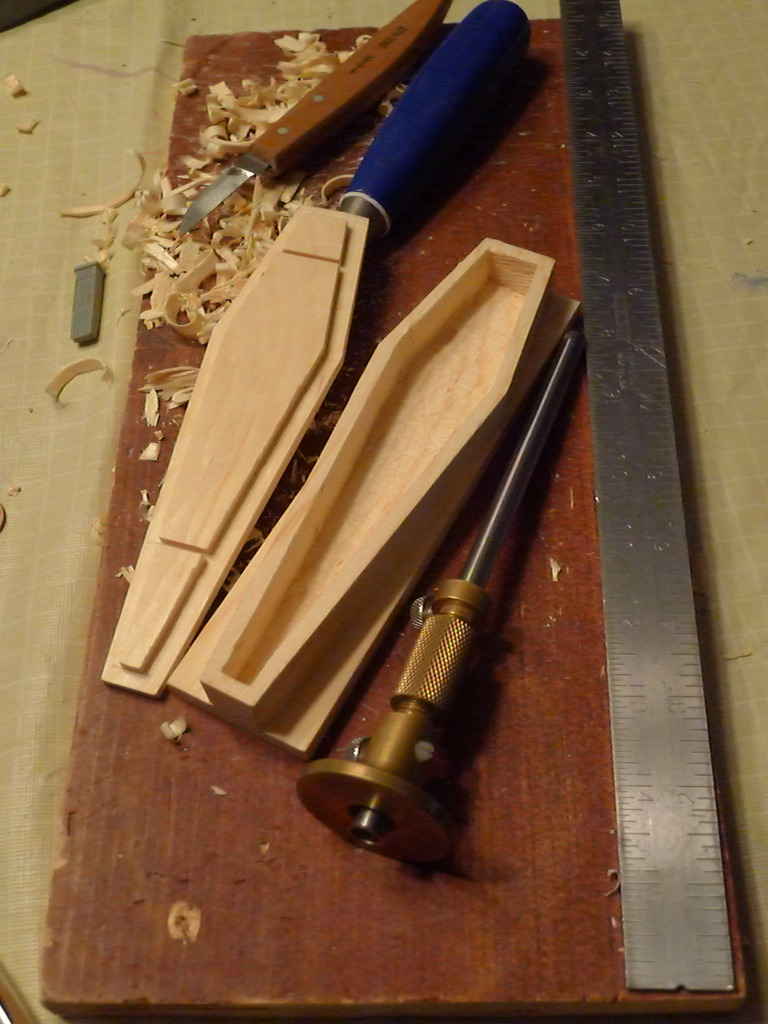
So at this point I’ve hollowed out the coffin and also rabbeted the lid for a nice, custom fit. I actually accomplished the hollowing with a 1/2 inch upcutting spiral bit for my router that I mounted in my drill press. I hogged out the majority of the wood with that, then cleaned up the edges with a chisel. As for the lid, I scribed the rabbet depth with my marking gauge then used a 5/16 inch rabbeting plane. I just cut the rabbet down until those slots juuust disappeared when viewed from the edge.
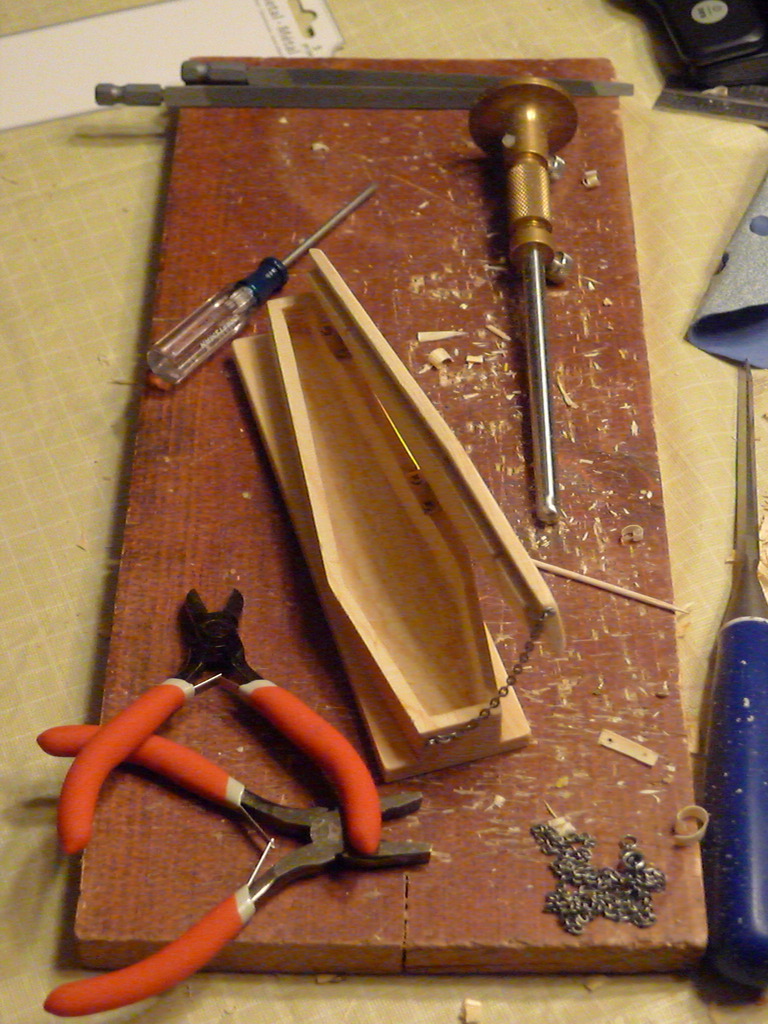
At this point, I added some hinges to the lid and then a chain on the at what would be the top I suppose though in the picture it’s the bottom. It’s all so confusing. Where’s some pine?
The hinges I found at Michael’s for a buck, the chain is a piece of a chain necklace I also found at Michael’s. I used a nail from a picture hanger since it was small enough to fit through the links of the chain. It gives it a nice look. I’ve also got some other decorations for the outside that will have to wait for the paint job.
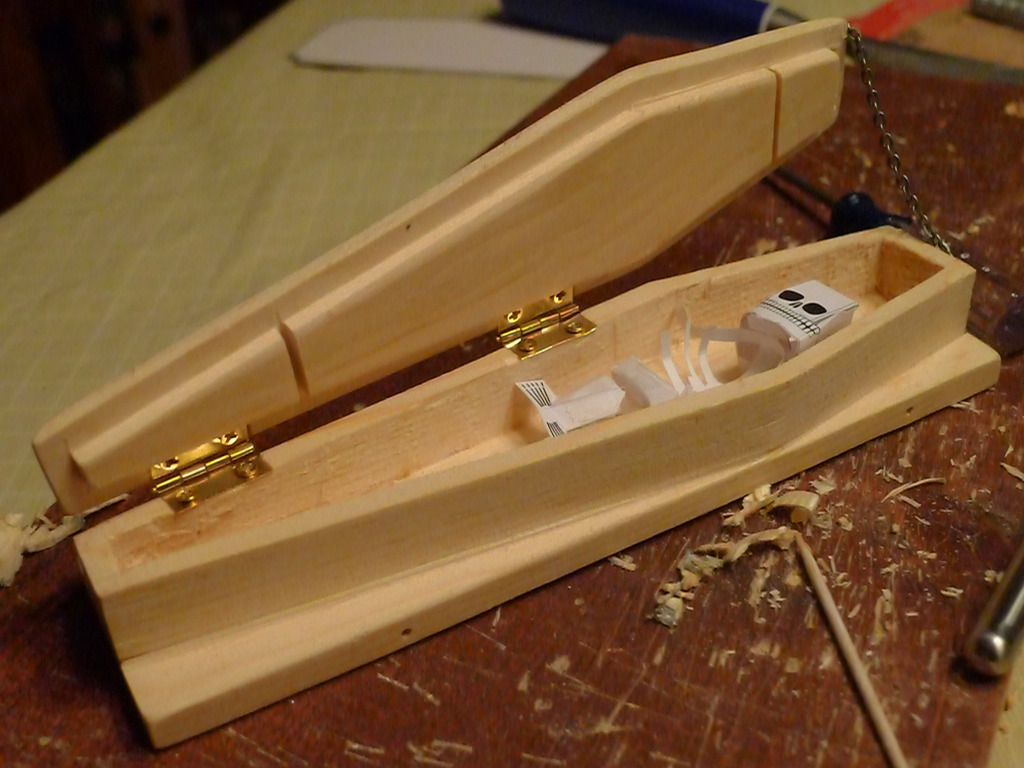
I think that’s Mini-Me. Or maybe a distant cousin…
Best moment of the day?
The boy is working on the axle nails, filing down the ribs near the head so the wheels won’t have something to bind up on- it’s one of those speed tricks you pick up on competing in Derby’s. Anyway, the nail is mounted in the chuck of my drill press, spinning away at roughly 600RPM and the boy is using a piece of that silicate wet sand paper with, like 1500 grit. He’s working on his 3rd or so nail and he says to me “Making a Derby car sure is a lot of work, huh Dad?”
I didn’t answer ’cause I was too busy sniffing pine.
